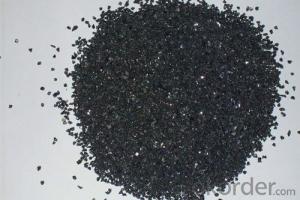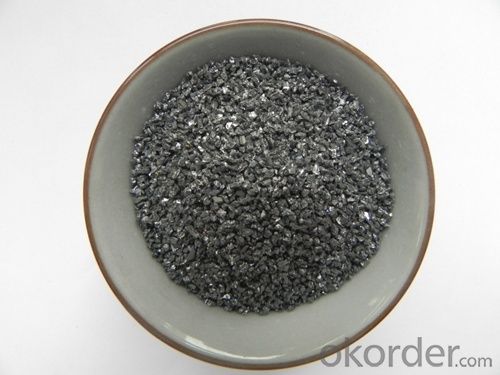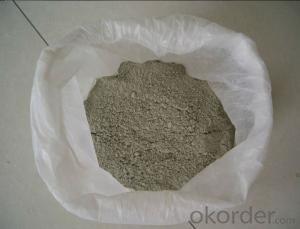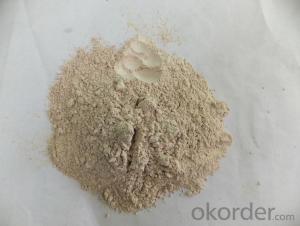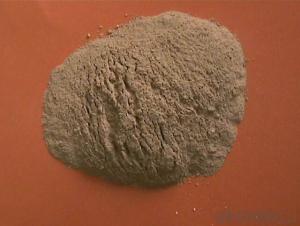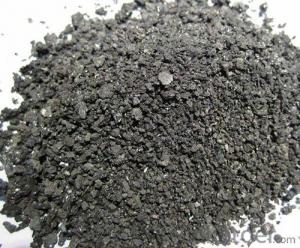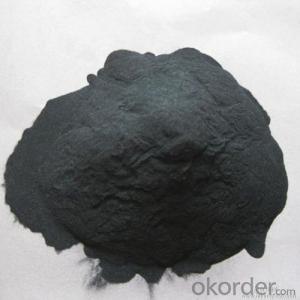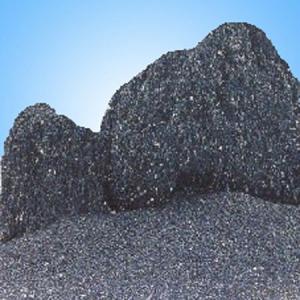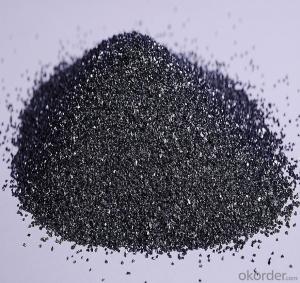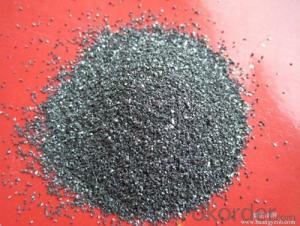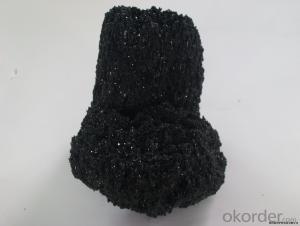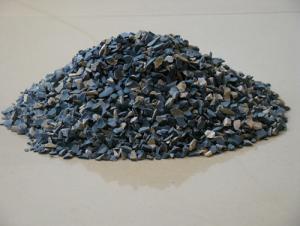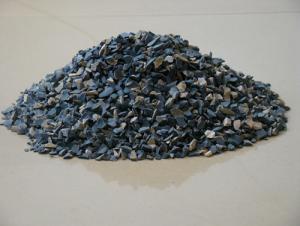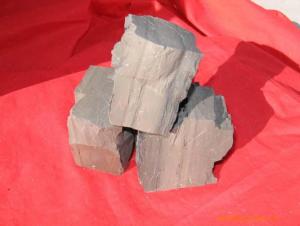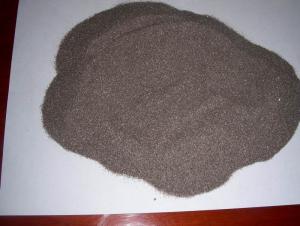Raw Materials for Refractory:Popular Large Surface Area Silicon Carbide SiC Ceramic Foam Filter for Iron Casting Industry
- Loading Port:
- China main port
- Payment Terms:
- TT OR LC
- Min Order Qty:
- 25 m.t.
- Supply Capability:
- 2000 m.t./month
OKorder Service Pledge
OKorder Financial Service
You Might Also Like
Quick Details
| Place of Origin: | Henan, China (Mainland) | Brand Name: | cnbm | Model Number: | 45#,----99# |
| Application: | steelmaking | Shape: | lump/powder/ball/granules | Material: | SiC,H2O,S,P.Fe2O3.F.C |
| Dimensions: | 0-1mm 0-10mm 0-100mm | Chemical Composition: | SiC,H2O,S,P.Fe2O3.F.C | color: | black/green |
| standards: | ISO,GB | shorthand: | Sic | price: | competitive |
| usage: | refractory or abrasives | quality certification: | ISO9001 | SIC content: | 45%min |
| Factory or trade: | factory | delivery: | 15 days | Spot goods: | yes |
Packaging & Delivery
| Packaging Details: | 25kg PVC small bags in a 1 MT big bag |
| Delivery Detail: | Shipped in 15 days after payment |
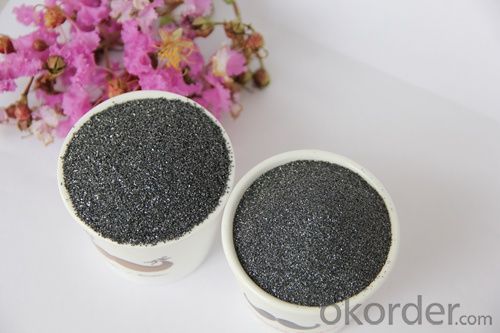
Silicon carbon is a new kind of reinforced steel-making deoxidizing agent and ideal thermal insulating agent.it is used for deoxidizing. The usage dose is 1-4kg/t can make electricity consumption to reduce 15-20kw/h and time to reduce 15-20min per furnace to raise productivity rate to 8-10%.
Advantages:
(1) Large melting furnace, longer melting time, lead to more crystallization, bigger crystals, higher purity and less impurities.
(2) Good hardness, longer life.
(3) Chemical washed and water washed good cleanness.
(4) Special treated products get higher purity, better toughness, and better grinding effect.
Agents wanted
Our company is currently looking for serious distributers from all over the world.
Agent Requirements:
1) Have the good business reputation in the field of ferroalloy.
2) Have the strong abilities to promote our products.
3) Regular orders in every month are promised.
- Q: How is the division of the fire resistant level of the rock wool board?
- The fire rating of European style rock wool board is level A , which uses Da Guang Beijing Jinyu rock wool board, with the main advantages are: 1, High acidity coefficient: The high coefficient of acidity greatly improves the life resistance and weather resistance of the rock wool board. 2, Hydrophobic air permeability: According to the picture, Jinyu Star rock wool is water-repellent, at the same time it also has breathability, so the liquid water is not easy to dip into the rock wool, and the water vapor and other gas molecules could pass through the rock wool. In particular, the insulation materials have this feature which enables the building to have "respiratory function" thus making the room more comfortable and preventing anti-mildew phenomenon happening indoor. 3, Environmental protection: The goldfish can survive freely, which just shows it is environmental; 4, High strength: The advanced pleating and curing technology make the rock wool board tensile and high compressive strength. It not only can be applied on the external wall thermal insulation and sandwich board core material, but also can be used to make structural cotton in the flexible waterproof roofing. Its quality is so stable that it is convenient in construction and durable in use. 5, Fireproofing: Not just talking about the fire rating, but the fireproofing time, which is generally up to two hours, and can be used for lining thermal insulation fire-resistant part of the glass curtain wall, through-wall pipe seal, pier?between?two?windows, window sill wall and other parts; 6, Derived advantages: Agriculture applies the soilless cultivation cotton;
- Q: Physical and chemical indicators of various refractory.
- it depends on what it is for. There are thousands of kinds of refracroties. You should just ask what you need.
- Q: The primary problem, does the gas permeable brick is fired refractory bricks(refractory) ?
- gas permeable brick have two types:built-in type and external mounted type. the built-in gas permeable brick and the external mounted gas permeable brick are usually made by fire burning, and small part of bricks are made by the low temperature heat.
- Q: How many hours of the fire endurance time of the rock wool laminboard?
- Hello! Manager! The fire endurance of the rock wool laminboard is generally two hours. If you need the fire?rating of the rock wool laminboard, then I recommend you to buy it from the standard factory ! The one with higher fire rating can use polyurethane edge banding rock wool board and handmade glass magnesium rock wool laminboard.
- Q: Why does refractory need to add coarse firstly and then add fine aggregate?
- Binding agent can wrap particles and improve binding effect.
- Q: What are the fire resistance ratings of the glass partition?
- Hello, friend. The glass partition system is composed entirely of metal structures, glass, color plate and other materials which also has fire resistance capacity. When the inner structure of the system is steel structure, the fire resistance of which is 30 mins, 60mins or even longer.
- Q: Where is refractory used? Thank you!
- Currently, refractory is widely used as inorganic nonmetallic material of production equipment lining in metallurgy, ceramics and other industries. The current definition of refractory does not only depend on whether the refractoriness is above 1,580℃.
- Q: How is the performance of refractory materials?
- It is a little difficult to answer. There are some requirement for refractory materials, such as fire resistance, softness, creep, thermal shock, abrasive resistance. Besides, requirements for construction performance include: Liquidity, plasticity and other linear change rate, volume density, strength (including high temperature) and all other important indicators must be tested the same conditions with the use of test conditions and test items like body density, strength, line changes in the basic project
- Q: Refractories for iron-making blast furnace?
- Cement kilns?
- Q: Could you tell me how does fire protection standard of decorative material is divided?
- Divided by plate material: structure material, base layel materials and fabric; Divided by fire protecrtion type: easy to burn, difficult to burn, flame retardant, incombustible material. Material has no fire rating, only the different from the time of combustion limit. Building fire protection. Building fire protection is the fire prevention measures of buildings. In the architectural design, fire protection measures should be taken to prevent fires and reduce fire hazards to life and property. Building fire prevention measures includs prophylaxis before the fire and measures during the fires. The former is mainly to determine the fire resistance rating and fire-proof structure, control fuel quantity and space easy to fire site; The latter mainly for fire partition, setting of evacuation and smoke, fire-fighting equipment, etc. In ancient China, flammable wood are usually taken as a building material, which has accumulated many experiences for the building fire protection .
Send your message to us
Raw Materials for Refractory:Popular Large Surface Area Silicon Carbide SiC Ceramic Foam Filter for Iron Casting Industry
- Loading Port:
- China main port
- Payment Terms:
- TT OR LC
- Min Order Qty:
- 25 m.t.
- Supply Capability:
- 2000 m.t./month
OKorder Service Pledge
OKorder Financial Service
Similar products
Hot products
Hot Searches
Related keywords
